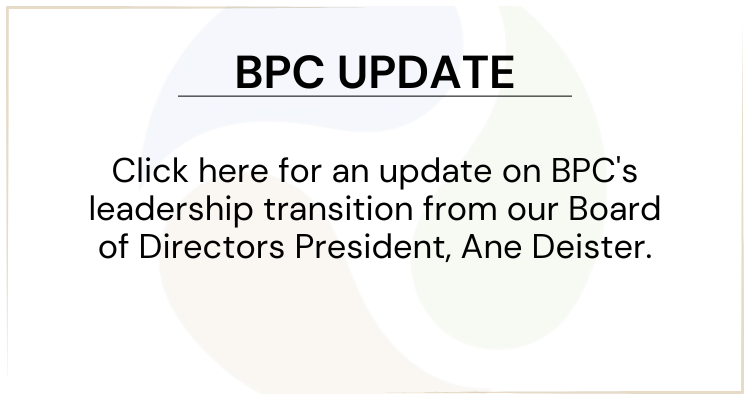US Outlook Report: Factoring in a Global Downturn into the U.S. Outlook
Financial market volatility has returned with a vengeance. The S&P 500 is down about 6.0% over the past month. The financial carnage in Europe has been even more dramatic. The German DAX and French CAC index have both lost over 10% in U.S. dollar terms. The CBOE VIX index, a measure of S&P 500 market volatility, shot up to 26.3 on Wednesday, its highest level since 2011.
Markets are clearly concerned about the growth and inflation outlook for Europe, and trying to gauge the implications for the U.S. economy, inflation, and Fed monetary policy. In today’s outlook report, we incorporate the shifting global economic and inflation outlook into our view on the U.S. economy, interest rates, and inflation.
The German growth engine appears to be faltering at a time when Europe’s economy remains heavily dependent on solid growth continuing there. In fact, the economic data out of Germany for August look downright recessionary. German retail sales were up only 0.1% from a year ago in August. German factory orders dropped 5.7% on the month, industrial production plunged 4.0%, while German exports were off 5.7% in August alone. This disappointing factory performance for Germany has been matched by equally large declines in German business confidence.
A third recession in less than six years in the Eurozone, even if shallow and brief, could spread deflationary pressures across the globe. We have already seen widespread and deep declines in global oil, agricultural, and base metal prices.
Impacts on the US Outlook: We have bumped up our forecast for the U.S. trade-weighted dollar in 2015 due to the real growth divergence we expect between the United States and most other developed economies. A stronger dollar combined with a weaker outlook for U.S. oil prices and other commodities has caused us to cut our U.S. consumer inflation forecasts over the next few quarters. We now expect consumer price inflation of only 1.2 percent in 2015 down from 1.7 percent in 2014. Core-CPI inflation is also expected to remain far away from the Fed’s 2.0 percent target at just 1.5 percent. As economists and the Fed cut their inflation forecasts for next year, I expect the FOMC focus to shift away from the labor market back toward guarding its inflation mandate and target.
As a result, we cut our long-term and short-term interest rate forecasts for 2015. We now see the 10-Yr Treasury yield averaging just 2.4 percent in the fourth quarter of 2014, rising to around 3.21 percent by the fourth quarter of next year. On the short-end, we have pushed back our expectations for the first Fed funds interest rate hike into the third quarter of 2015, even as the unemployment rate in the United States is expected to fall to 5.5 percent. With inflation remaining well below the Fed’s target, there will be little incentive for the Fed to push up short-term interest rates at an urgent pace. We now see the effective Fed funds rate averaging just 0.6 percent in the fourth quarter of next year.
Despite these changes to our inflation, interest rate, and monetary policy outlook for next year, the real GDP growth outlook for the United States remains largely intact. We expect lower consumer inflation, interest rates, and oil prices, to help sustain the recovery in consumer spending and the housing market. Meanwhile, the stronger dollar and weaker global growth outlook will weigh a bit more on U.S. manufacturing and exports, corporate profits, and business investment spending. At this point the offsetting impacts look likely to cancel each other out. We still expect U.S. GDP growth of around 3.0 percent over the next six quarters.
To find out more, check out this week’s US Outlook Report.
Tags: economy

